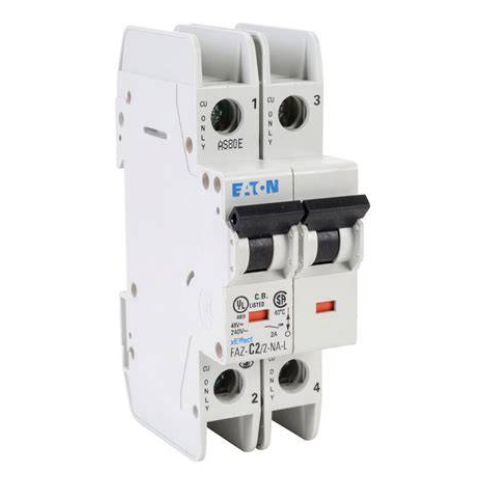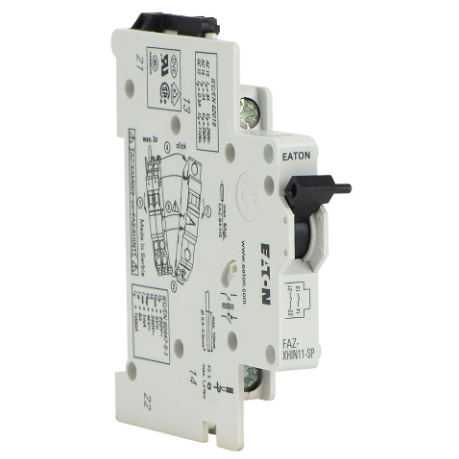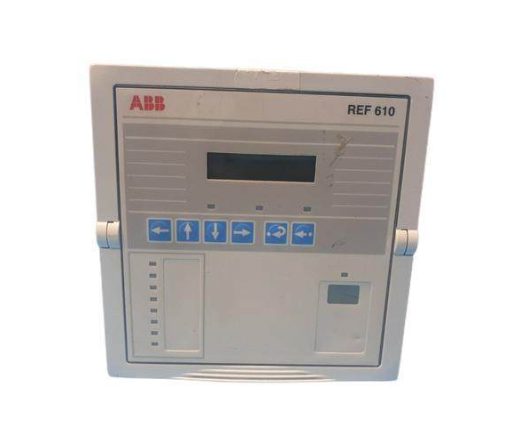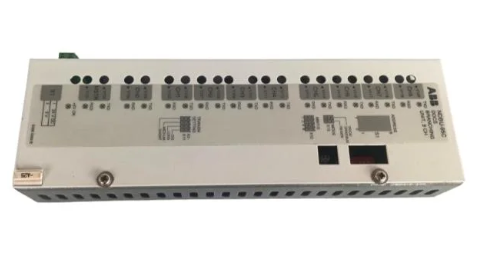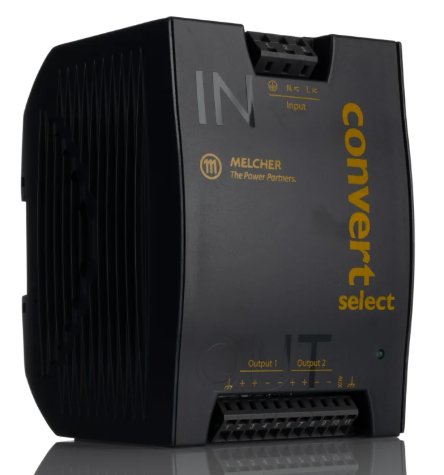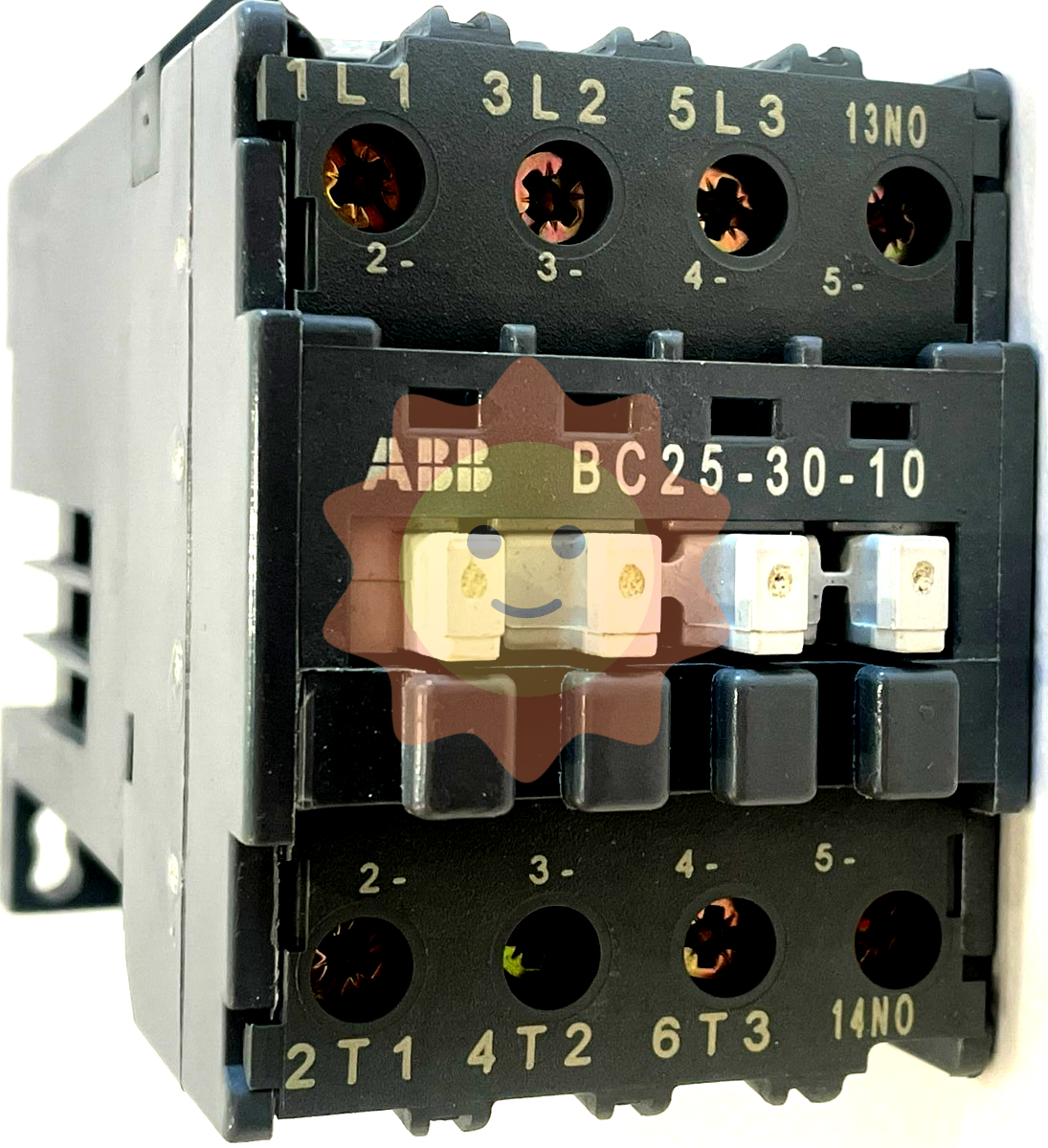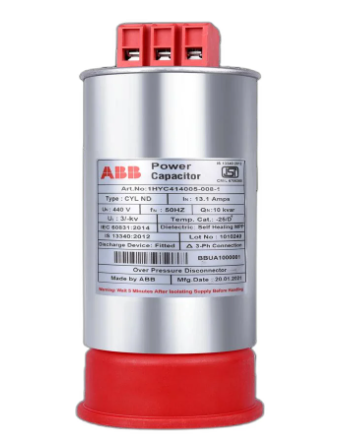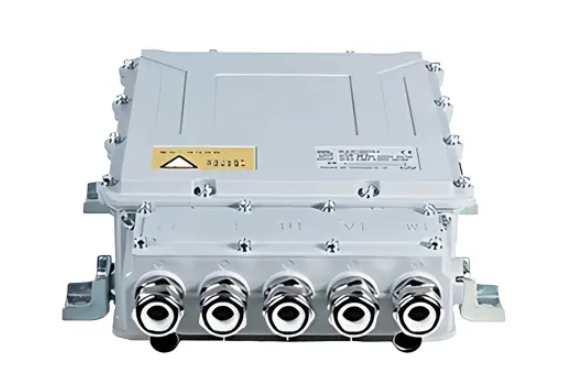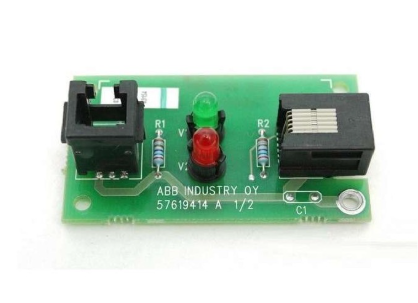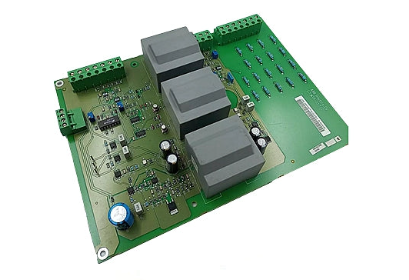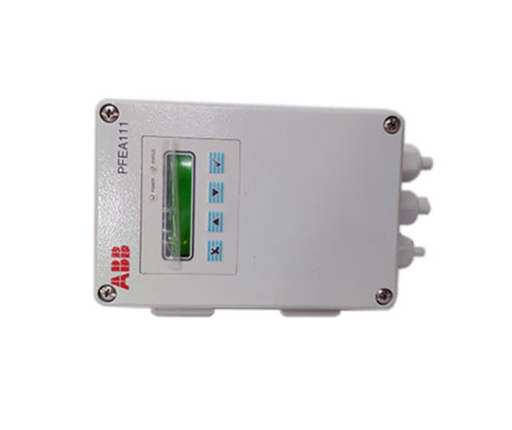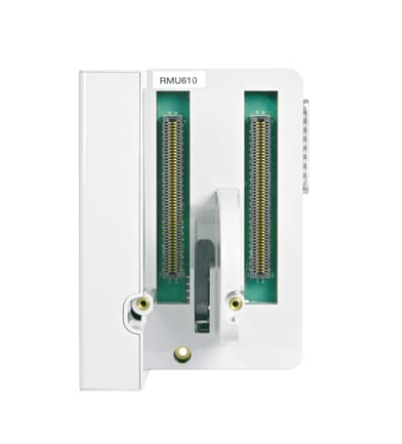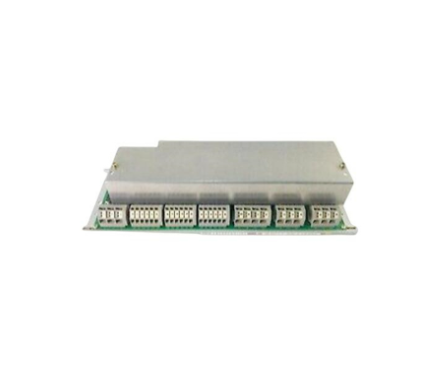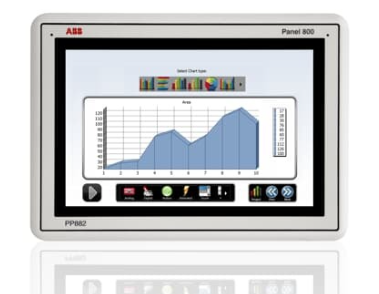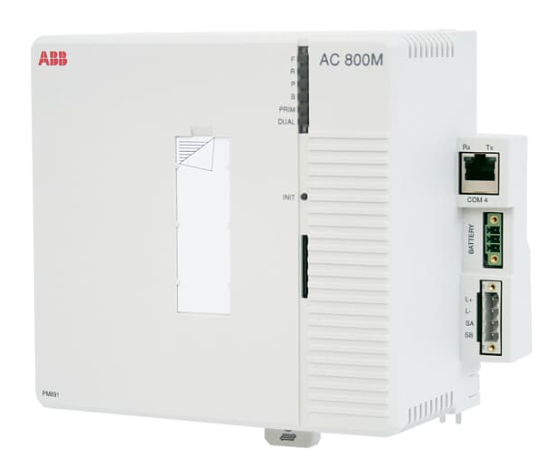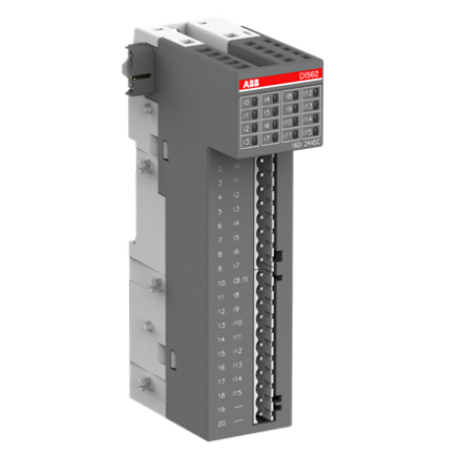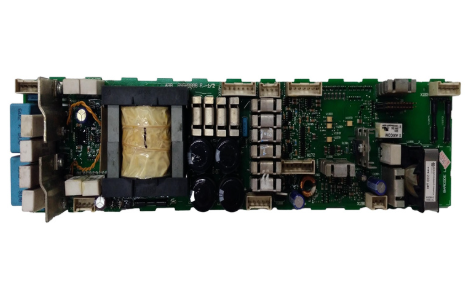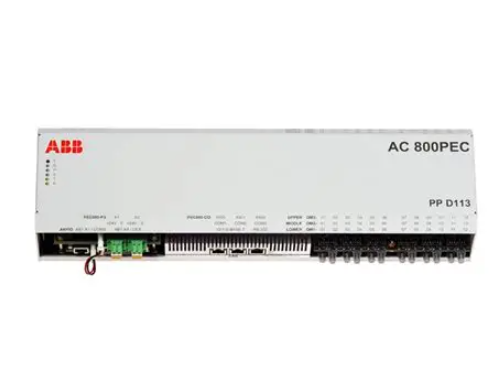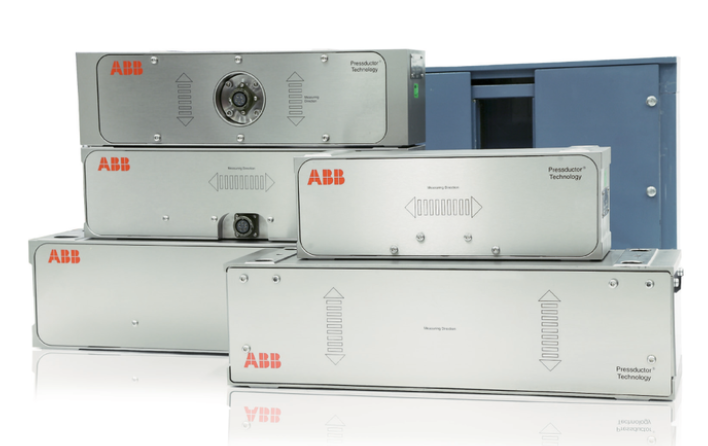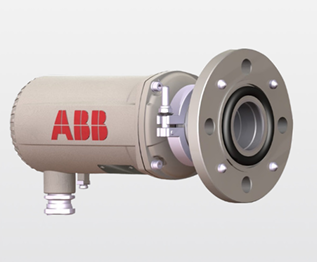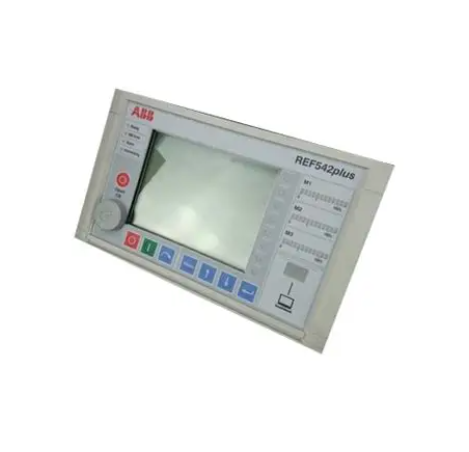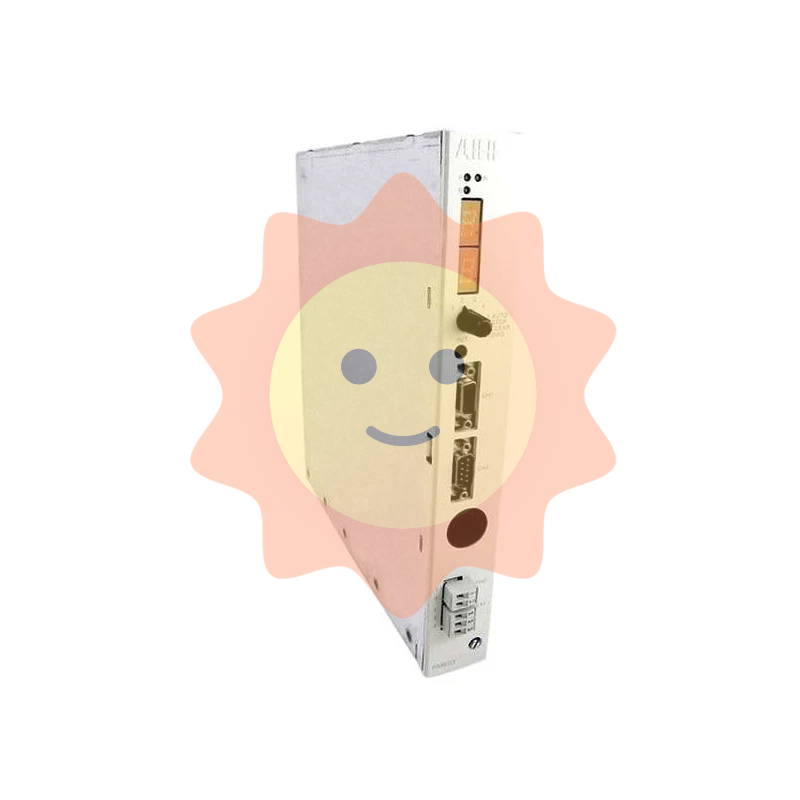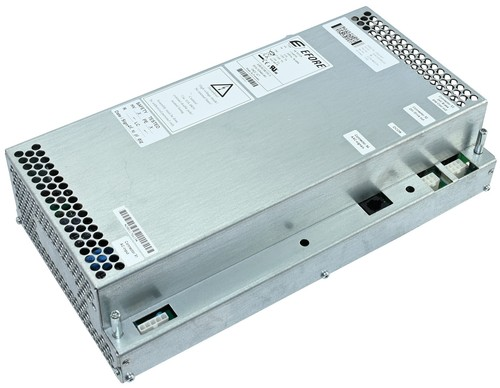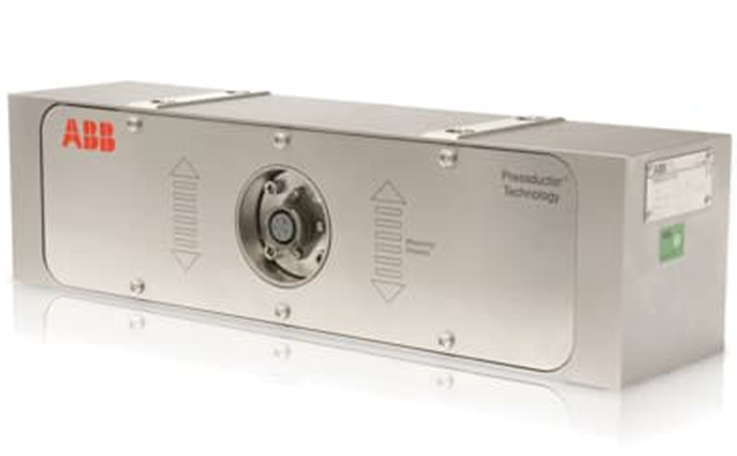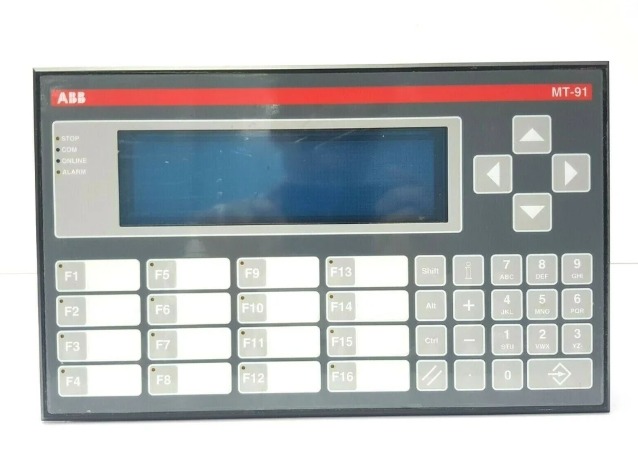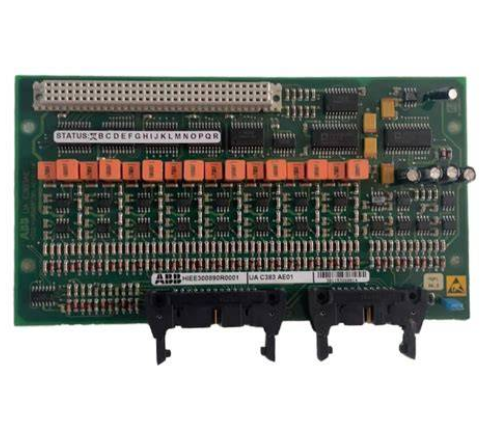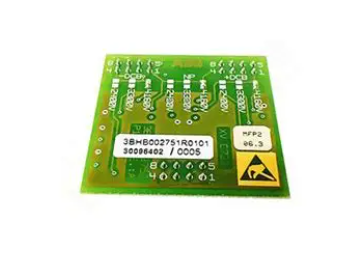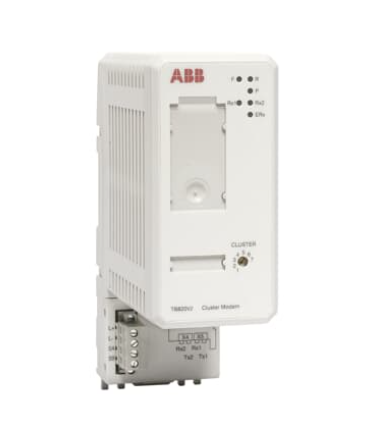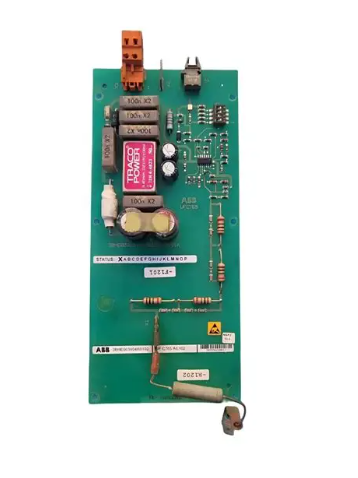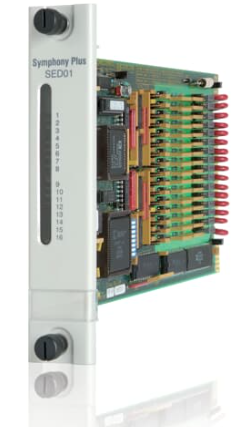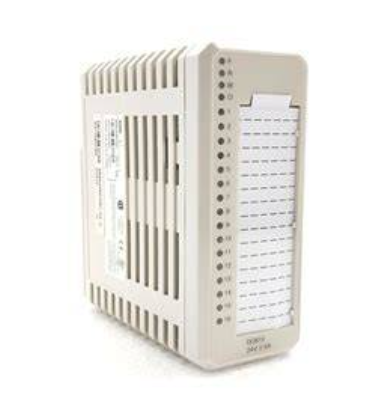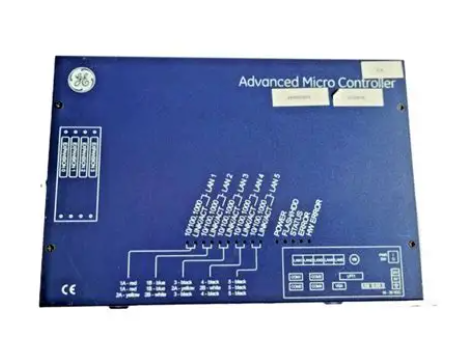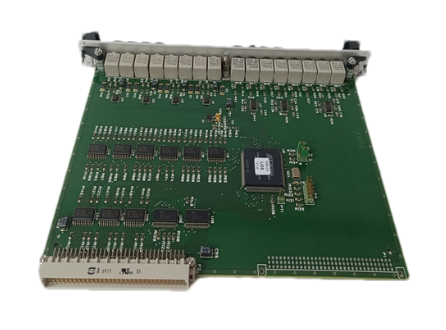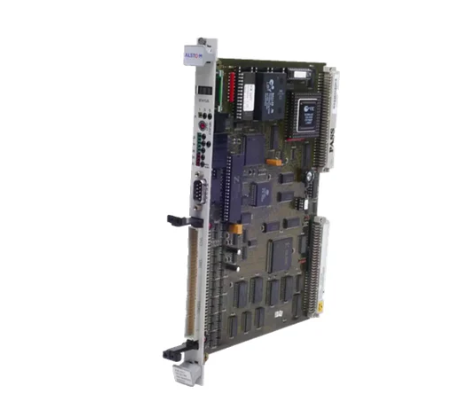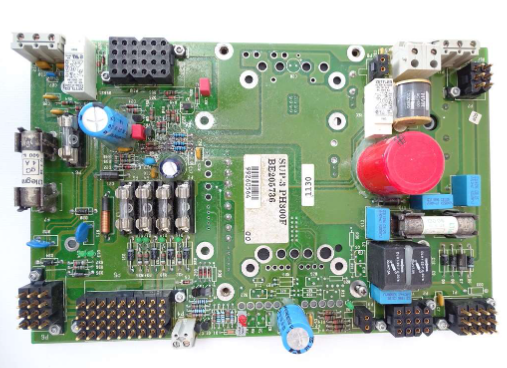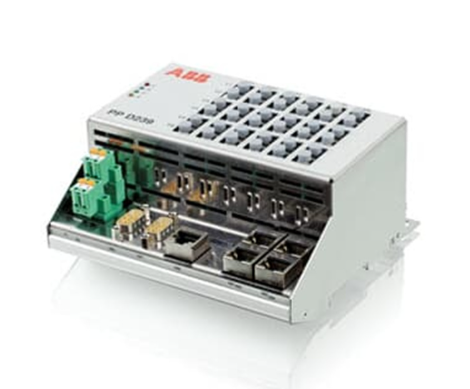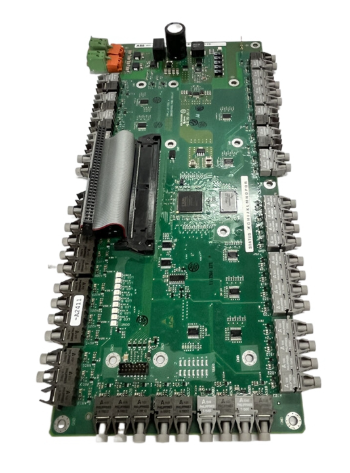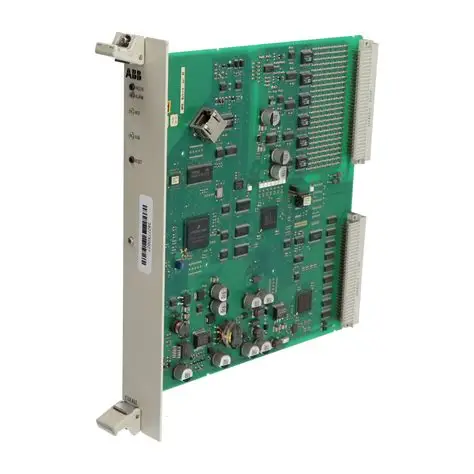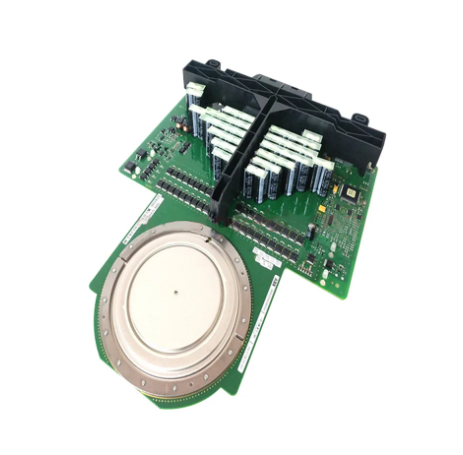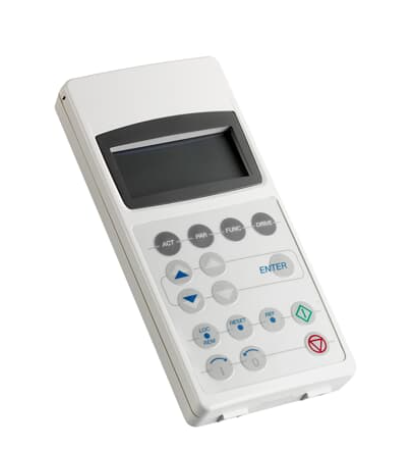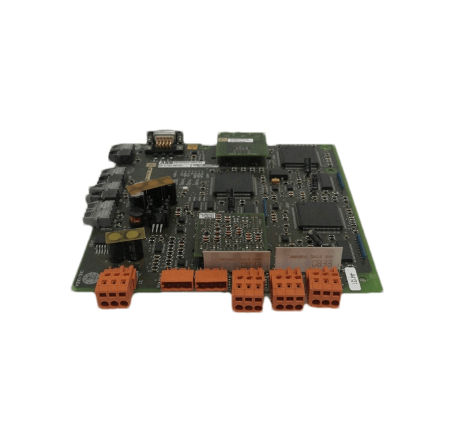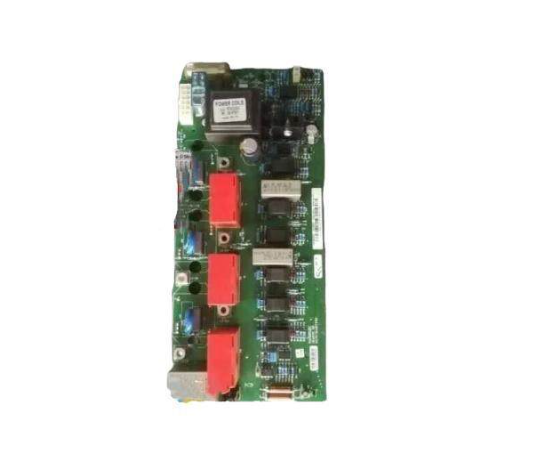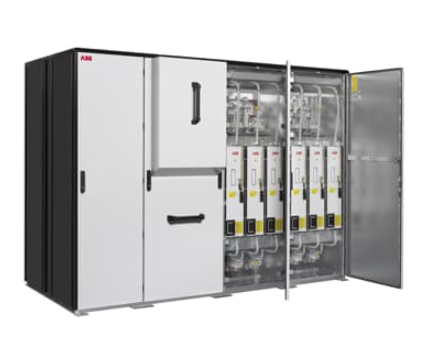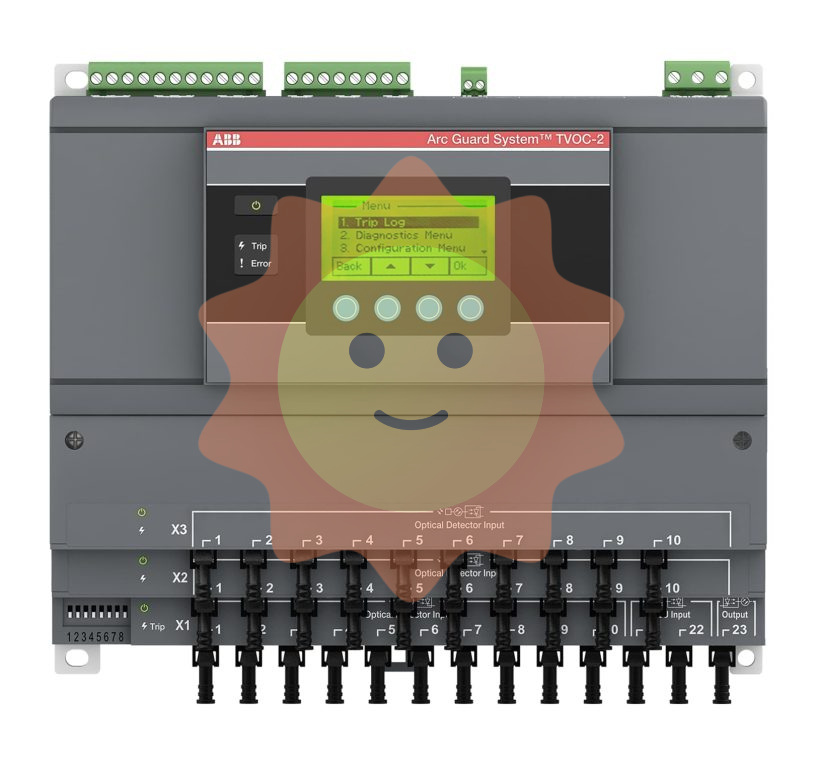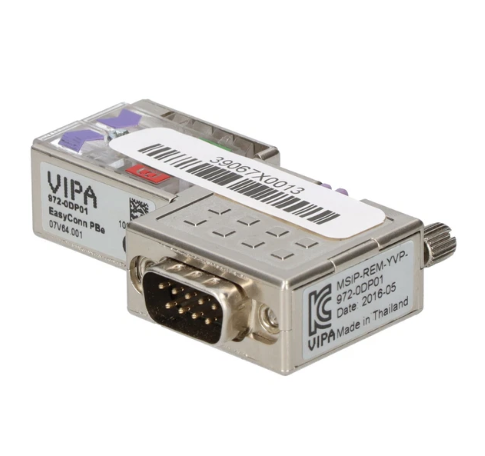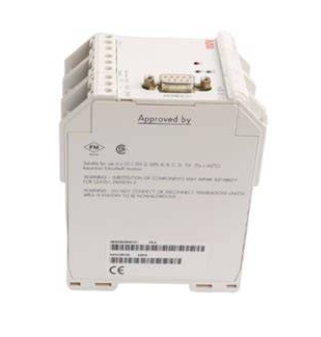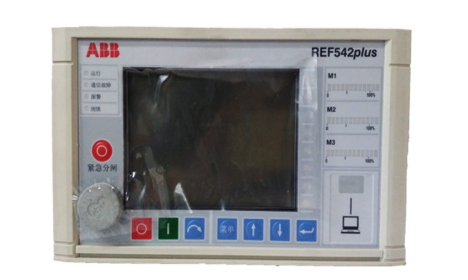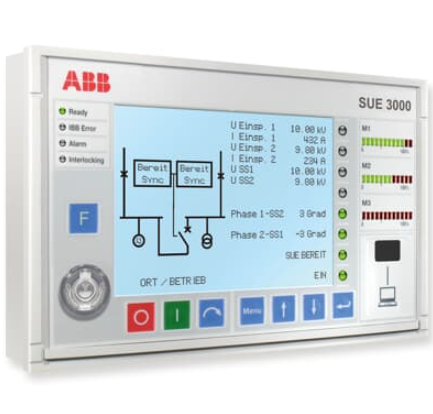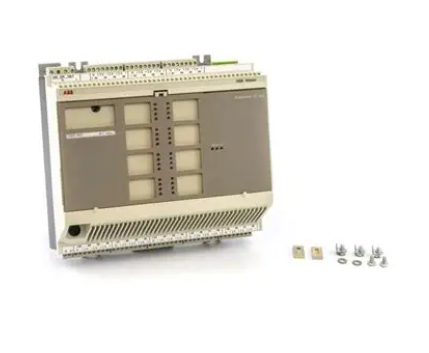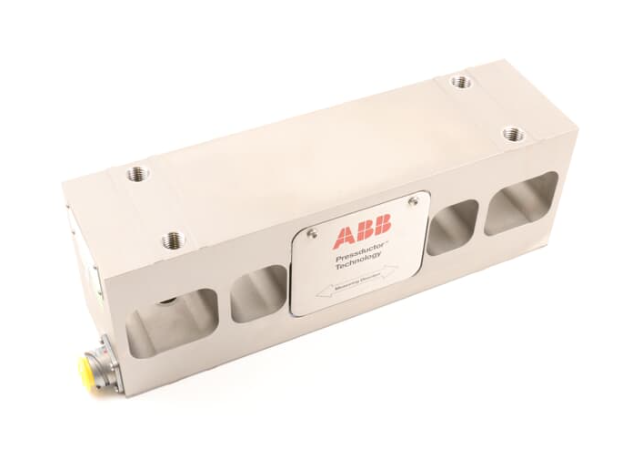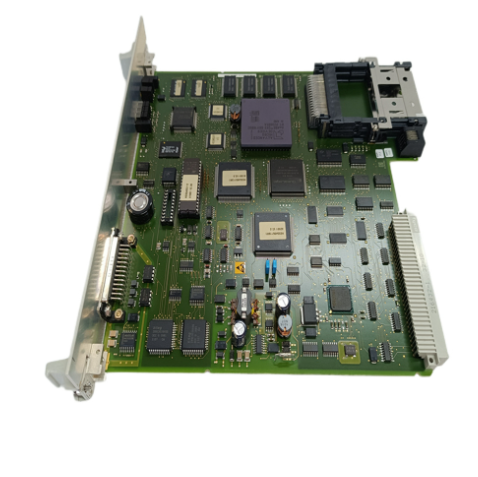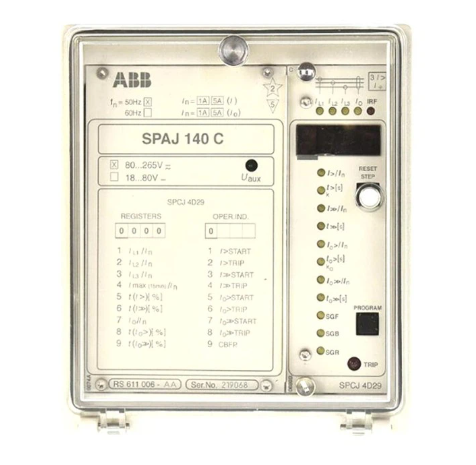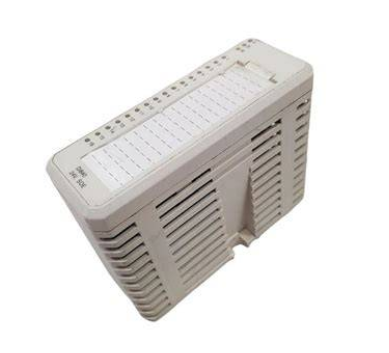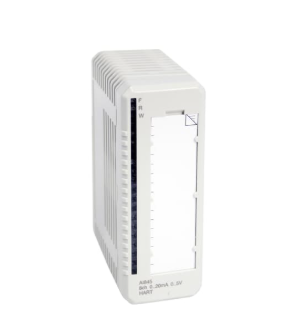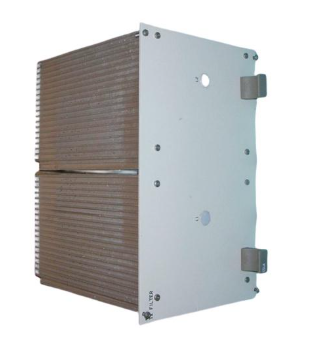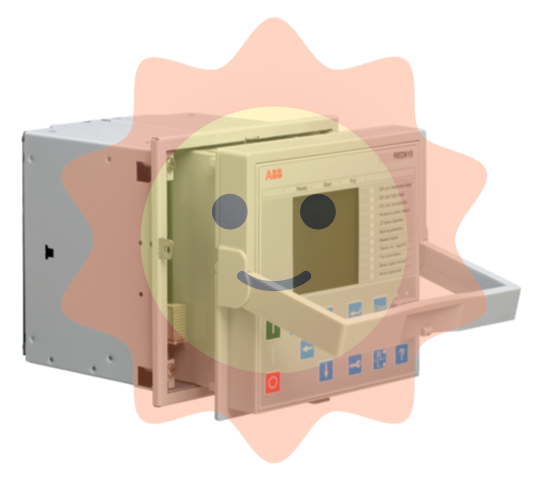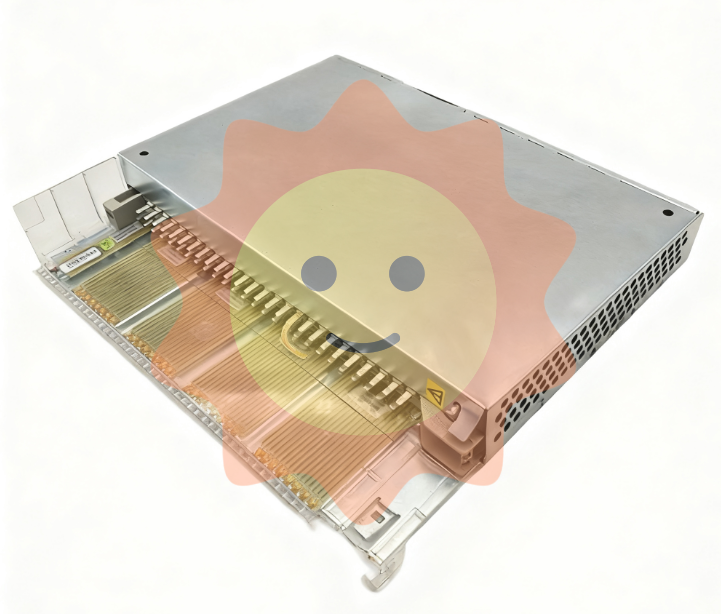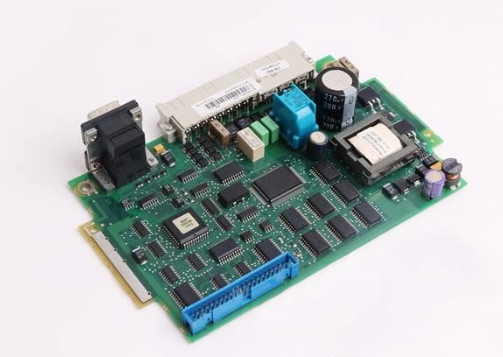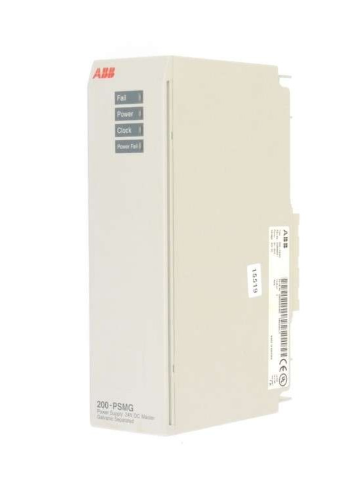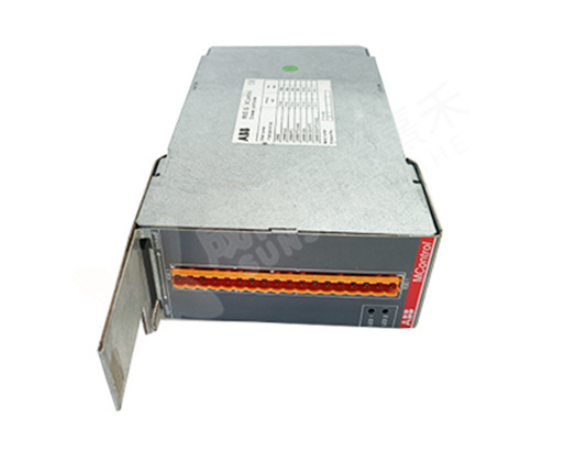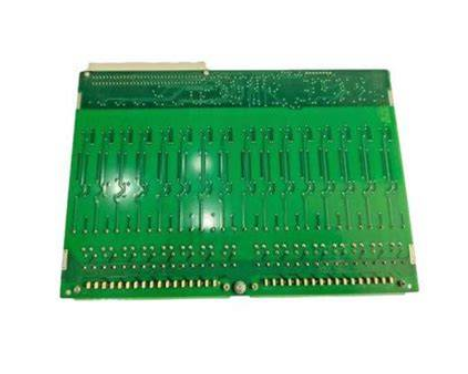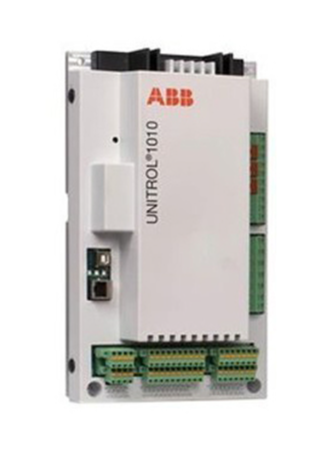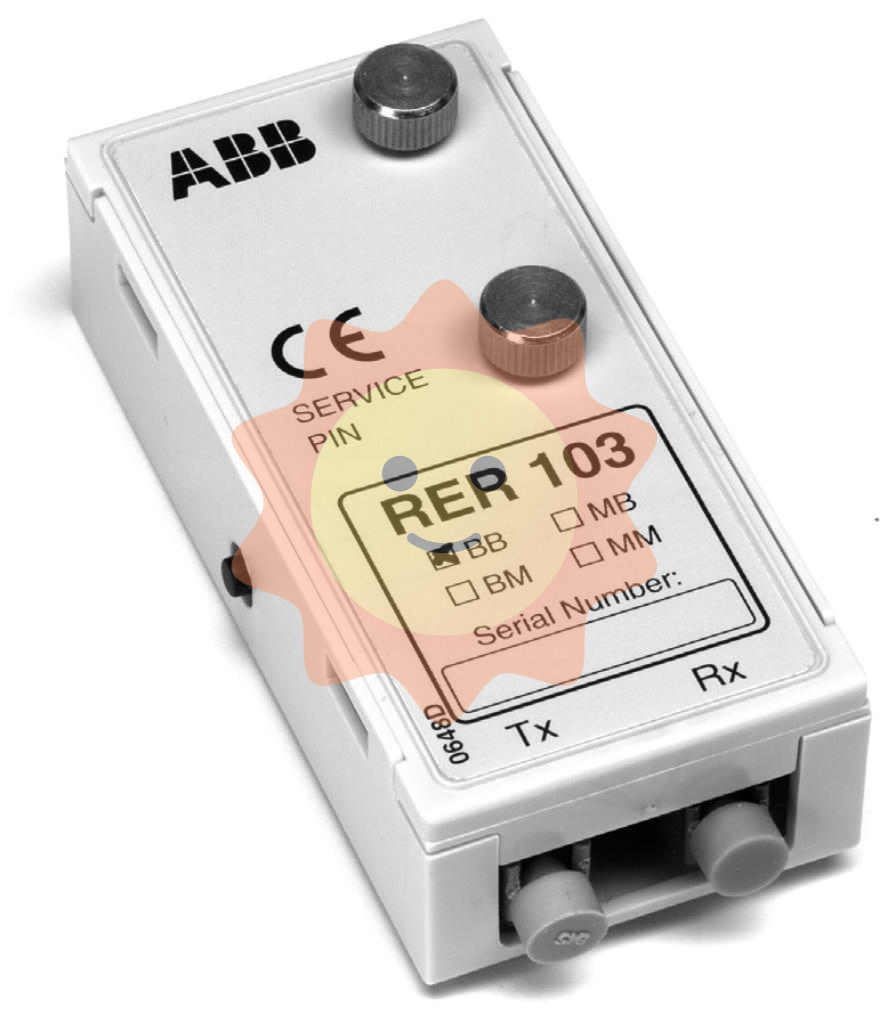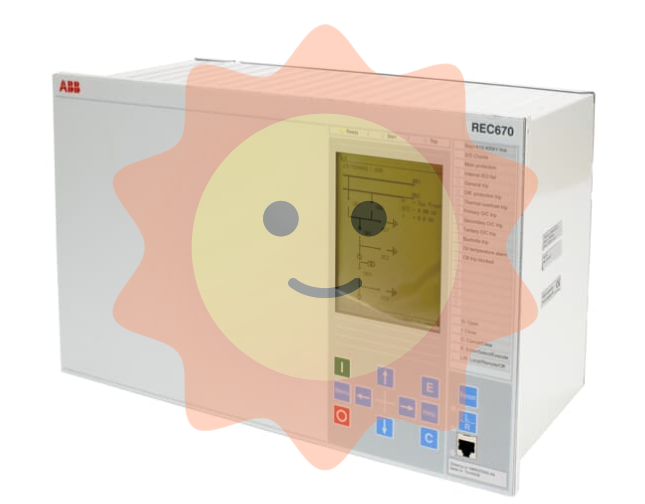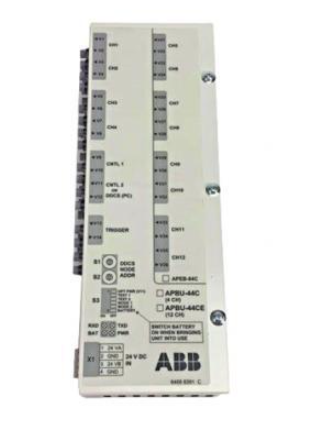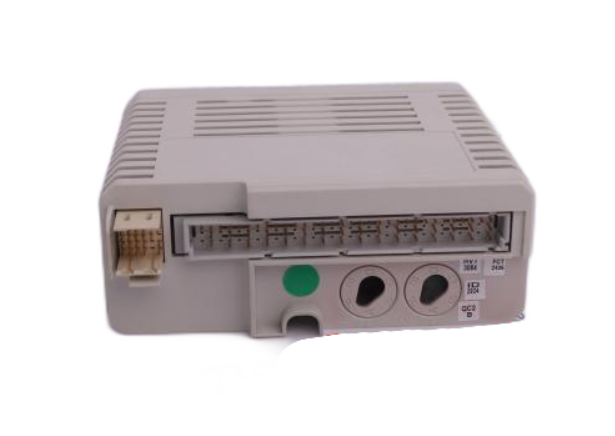ABB 3BHS600000 E80 RevF Service Manual PCS6000
ABB 3BHS600000 E80 RevF Service Manual PCS6000
Security and Tools
Safe Working Practice
Strictly follow the "Seven Step Life Saving Rule", including risk assessment, power outage lockout (LOTO), voltage detection, grounding short circuit and other processes, to ensure operational safety.
The equipment poses risks of high voltage, high temperature, and electromagnetic fields. Maintenance personnel need to wear protective equipment to avoid contact with live parts and high-temperature surfaces.
Residual risks include electromagnetic interference with pacemakers, accidental movement, contact voltage, etc. It is necessary to ensure that the equipment operates within the specified parameter range.
special tools
Converter service toolbox: includes expansion tools for disassembling semiconductor stacks, stabilizing boards, etc., used to release stack pressure and replace components.
Debugging tools: such as RCI Box XU D194 (signal monitoring), PCS6000 HMI (human-machine interface), FADEC 3 (semiconductor testing equipment).
Replacement tools: including foundation beam jacks, chain hoists, pump maintenance platform kits, etc., used for dismantling and installing heavy components.
Preventive maintenance
Maintenance cycle and tasks
Daily/quarterly: visually inspect for dust and signs of overheating, clean cabinets, check bolt tightness and cable wear.
Year: Test the tripping circuit, insulation resistance, and grounding resistance of the main circuit breaker (MCB), and replace aging components such as batteries and fans.
Specific inspection:
Semiconductor stacking: Use FADEC 3 to detect IGCT and diodes, check stack alignment and clamping force.
Cooling system: Check the conductivity of the coolant, replace the ion exchange resin and filter, and inspect the function of the pump and valve.
Filter components: measure resistance and capacitance values to verify filtering performance.
Maintain records
Use the Preventive Maintenance Report to record component replacements, parameter adjustments, and abnormal situations to ensure traceability.

Component replacement and repair
1. Replacement of control components
AC 800PEC controller: Replace after power failure, pay attention to firmware version matching, and verify LED status after reconnecting the cable.
UPS and battery: When replacing, power off and release residual voltage. Pay attention to matching battery polarity and model, and test the charging and discharging function.
Fiber optic cable: Cut and polish with specialized tools to ensure that the connection loss meets the standard and avoid contaminating the fiber optic end face.
2. Replacement of power and cooling components
IGCT and diode:
Release the stacking pressure, use the expansion tool to separate the heat sink, replace it, realign the stack and tighten it.
Check the polarity and clean the contact surface, avoid using grease, and ensure even clamping force.
Cooling system components:
Pump: Drain the coolant, remove the flange and electrical connections, replace with a dedicated bracket, pay attention to the direction and sealing of the impeller.
Ion exchanger and filter: After replacement, the system needs to be flushed to test flow rate and conductivity.
Valves and sensors: After replacement, pressure and temperature sensors need to be calibrated to ensure that the control system is functioning properly.
3. Module level replacement
Voltage Limiting Module (VLM): After power failure, remove the cables and cooling pipelines, replace them, and test the voltage relief function.
Grid Circuit Breaker Unit (GBU): Use a dedicated trolley to disassemble the circuit breaker, check the wear of the contacts, reinstall and test the opening and closing time.
Dv/dt filter: When replacing reactors, resistors, and capacitors, it is necessary to match the model and parameters to ensure EMI suppression performance.
4、 Troubleshooting process
diagnostic procedure
Read the fault code through HMI or debugging tools, analyze the first fault (FF) and related alarms, check the LED status and historical records.
Check the power supply, communication links, sensors, and semiconductor components, and use tools such as multimeters and oscilloscopes to measure voltage and resistance values.
Typical fault handling
IGCT fault: Conduct characteristic detection through FADEC 3, replace and recalibrate trigger signal.
Cooling system leakage: locate the leakage point, replace the seals or pipelines, and test whether the pressure and flow are normal.
Communication interruption: Check the fiber optic connection, module power supply, and address settings, and replace the faulty S800 I/O module or communication board.
5、 Special precautions
Static Electricity Protection (ESD)
When operating the control board and semiconductor, it is necessary to wear a grounding wristband and use anti-static pads to avoid direct contact with circuit contacts.
Heavy component operation
Components weighing over 25 kg, such as reactors and circuit breakers, require the use of lifting tools, with two people working together to avoid the risk of falling.
Documentation and Compliance
Replacing serialized components (such as IGCT and capacitors) requires updating the ABB database and recording the new serial number.
- EMERSON
- Honeywell
- CTI
- Rolls-Royce
- General Electric
- Woodward
- Yaskawa
- xYCOM
- Motorola
- Siemens
- Rockwell
- ABB
- B&R
- HIMA
- Construction site
- electricity
- Automobile market
- PLC
- DCS
- Motor drivers
- VSD
- Implications
- cement
- CO2
- CEM
- methane
- Artificial intelligence
- Titanic
- Solar energy
- Hydrogen fuel cell
- Hydrogen and fuel cells
- Hydrogen and oxygen fuel cells
- tyre
- Chemical fiber
- dynamo
- corpuscle
- Pulp and paper
- printing
- fossil
- FANUC
- Food and beverage
- Life science
- Sewage treatment
- Personal care
- electricity
- boats
- infrastructure
- Automobile industry
- metallurgy
- Nuclear power generation
- Geothermal power generation
- Water and wastewater
- Infrastructure construction
- Mine hazard
- steel
- papermaking
- Natural gas industry
- Infrastructure construction
- Power and energy
- Rubber and plastic
- Renewable energy
- pharmacy
- mining
- Plastic industry
- Schneider
- Kongsberg
- NI
- Wind energy
- International petroleum
- International new energy network
- gas
- WATLOW
- ProSoft
- SEW
- wind
- ADVANCED
- Reliance
- YOKOGAWA
- TRICONEX
- FOXBORO
- METSO
- MAN
- Advantest
- ADVANCED
- ALSTOM
- Control Wave
- AB
- AMAT
- STUDER
- KONGSBERG
- MOTOROLA
- DANAHER MOTION
- Bently
- Galil
- EATON
- MOLEX
- Triconex
- DEIF
- B&W
- ZYGO
- Aerotech
- DANFOSS
- KOLLMORGEN
- Beijer
- Endress+Hauser
- MOOG
- KB
- Moxa
- Rexroth
- YAMAHA


Email:wang@kongjiangauto.com

